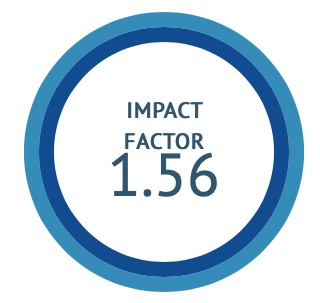Formulation and Evaluation of Moisturising Cream containing Coriandrum sativum (Coriander) extract
DOI:
https://doi.org/10.47552/ijam.v14i4.4070Keywords:
Coriandrum sativum extract, Moisturising cream, Herbal cosmetic, Phytochemical, Anti-microbial, Sun protectiveAbstract
Aim: To formulate and evaluate a moisturising cream containing Coriandrum sativum (Coriander) extract. Method: The extract used for preparing the cream was obtained by extracting the coriander leaves by maceration followed by Soxhlet extraction method. The extract was evaluated for phytochemical analysis to determine whether chemical constituents were present. The extract was evaluated for anti-bacterial test to check for zones of inhibition using disc diffusion method. Anti-solar activity of the extract was also studied to check for sun protective effect by using UV-Spectrophotometer in the range of 200-400 nm. For the development of cream, the oil and water phases were melted separately into which coriander extract and a suitable preservative was added with continuous stirring. The oil phase was gradually combined into the aqueous phase while continuously stirring to achieve the ideal semi-solid consistency, and an appropriate perfume was used for a pleasing smell. The prepared formulations were evaluated for parameters like organoleptic properties, homogeneity, pH, viscosity, spreadability, type of emulsion, skin irritation test. Results: Phytochemical analysis of coriander extract was performed, and it was concluded that terpenoids, sterols, carbohydrates, alkaloids, tannins, and flavonoids were present and saponins was found to be absent. The diameters of the zones obtained for the anti- microbial activity of the extract was found out to be 18 mm and 14 mm for dapsone. The extract showed good antimicrobial activity against dapsone and methanol. The UV absorption spectra showed a strong absorption at 4.00 AU at 205 nm. SPF values were calculated using normalized product function and mean of absorbance, and the obtained SPF value was found out to be 8.2. The prepared formulations were found to be smooth and dark green in colour with a pleasant odour. All the formulations were checked for other parameters like optimum pH, viscosity, spreadability and it was found out that formulation batch F3 showed better results as compared to other batches.
Downloads
Published
How to Cite
Issue
Section
License
Copyright (c) 2024 International Journal of Ayurvedic Medicine

This work is licensed under a Creative Commons Attribution 4.0 International License.
The author hereby transfers, assigns, or conveys all copyright ownership to the International Journal of Ayurvedic Medicine (IJAM). By this transfer, the article becomes the property of the IJAM and may not be published elsewhere without written permission from the IJAM.
This transfer of copyright also implies transfer of rights for printed, electronic, microfilm, and facsimile publication. No royalty or other monetary compensation will be received for transferring the copyright of the article to the IJAM.
The IJAM, in turn, grants each author the right to republish the article in any book for which he or she is the author or editor, without paying royalties to the IJAM, subject to the express conditions that (a) the author notify IJAM in advance in writing of this republication and (b) a credit line attributes the original publication to IJAM.




